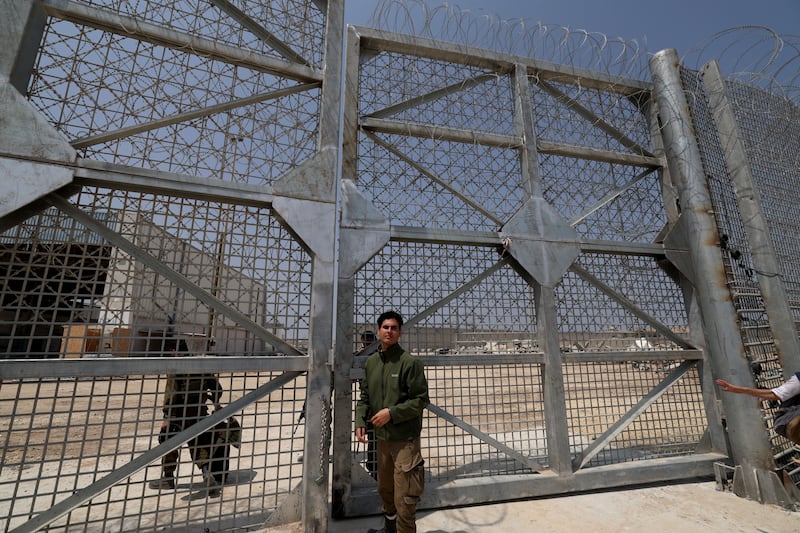As Israel waited for the Hamas response to Egyptian ceasefire proposals, prime minister Binyamin Netanyahu told visiting US secretary of state Antony Blinken on Wednesday that he would not accept an end to the war in Gaza as part of a potential deal.
He also reiterated his position that a military operation on the southern Gaza city of Rafah will go ahead even if there is a hostage release deal.
Mr Blinken said Washington opposes an attack on Rafah at this juncture, warning Israeli leaders that a military operation would diminish the chances of reaching a hostage release deal and would also hinder US efforts to promote normalisation between Israel and Saudi Arabia.
He praised the recent increase in humanitarian aid reaching Gaza overland through newly-opened land crossings and Israel’s Ashdod port, but said Israel must ensure all parts of Gaza are receiving sufficient supplies. The Israeli military said some 30 lorries carrying food and medical supplies from Jordan entered the northern Gaza Strip via the newly reopened Erez crossing on Wednesday.
Gaza: Israeli strikes kill ‘at least 39 Palestinians’ and destroy medical supplies
Life in a Lebanese Palestinian camp: ‘We still don’t feel safe. At any time they may strike here as well’
United States steps up efforts to secure a ceasefire in Lebanon
‘Stop this horror of history,’ says President Higgins as Israel moves to ban aid agency
Mr Blinken addressed hostages’ relatives and their supporters who had gathered outside his Tel Aviv hotel. “Bringing your loved ones home is at the heart of everything we’re trying to do and we will not rest until everyone – man, woman, soldier, civilian is back home. There is a very smart proposal on the table right now,” he said. “Hamas needs to say yes. It needs to get this done.”

Senior Hamas official Sami Abu Zuhri said on Wednesday that the organisation is still studying the latest truce deal but he rejected Mr Blinken’s claim that Hamas was the party preventing an agreement. “It is not strange for Blinken, who is known as the foreign minister of Israel, not America, to make such a statement,” he told Reuters. “Even the Israeli negotiating team admitted Netanyahu was the one who was hindering reaching an agreement.”
The Lebanese newspaper Al Akhbar on Wednesday published details of what it said was the Egyptian ceasefire framework delivered to Hamas, with guarantees by Egypt, Qatar and the United States.
The wording includes an Israeli commitment to “return to ongoing quiet and the implementation of whatever is necessary to achieve a ceasefire” but falls short of the Hamas demand for an Israeli commitment to end the war.
According to the proposal, in the first phase Israel will cease military operations in Gaza for 40 days, but Israeli troops will remain in the corridor that divides northern and southern Gaza. During this period, it is proposed that three hostages will be released every three days, until the 33rd day of the deal, in exchange for Palestinian prisoners. The proposal says the first hostages to be released will be women – including female soldiers. . It is proposed that on the seventh day Hamas will submit a list of all the remaining living hostages.
On day 208 of the war, the Hamas information ministry in Gaza reported that direct damages are estimated at approximately €31 billion, and that roughly 90 per cent of Gaza’s residents are living below the poverty line, with unemployment at 75 per cent.
The ministry accused Israel of destroying the infrastructure in health, education, construction and housing, municipal and government services, industry and commerce, electricity and transportation sectors.
Hamas killed 1,200 people and abducted 250 others in its October 7th assault on Israel, according to Israeli tallies.
In response, Israel has launched a relentless assault on Gaza, killing more than 34,000 Palestinians, health authorities in the Hamas-run enclave say, in a bombardment that has reduced the strip to a wasteland. More than one million people face famine after six months of war, the United Nations has said. – Additional reporting Reuters
(c) Copyright Thomson Reuters 2024





